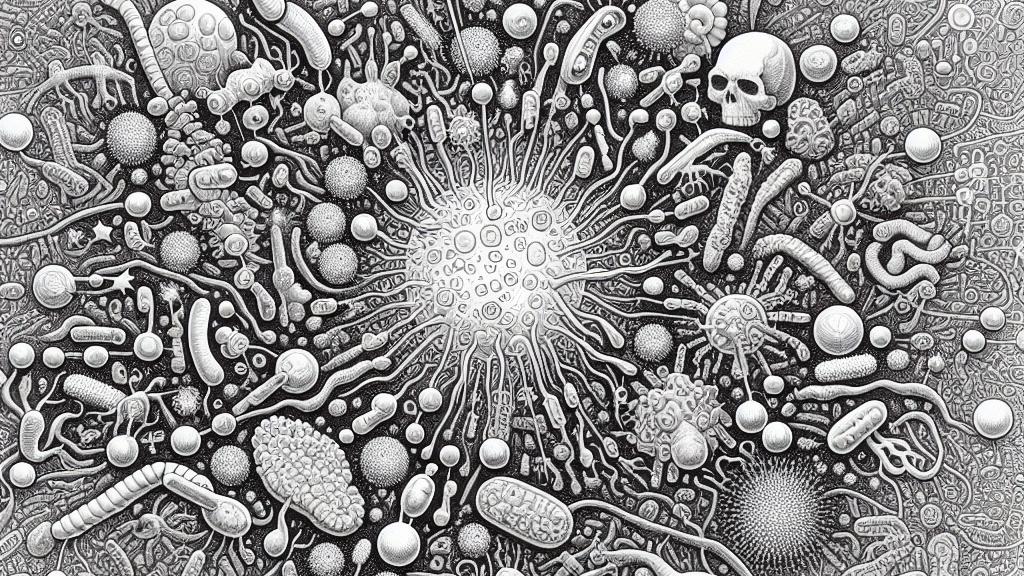Advancements in Stochastic Models for Microbiome Interaction Analysis
Overview
- Unveiling a groundbreaking stochastic model that significantly enhances the precision in analyzing microbiome interactions.
- This novel approach intricately blends variability and correlations within microbial data, yielding remarkably accurate predictions.
- The transformative insights from this research hold the potential to revolutionize both medical treatments and environmental microbiome studies.

The Need for Precision
In the exciting realm of microbiome research, a significant evolution is taking place, championed by a talented team from institutions like the Max Planck Institute and University College London. Traditionally, researchers relied on models that primarily focused on averaging data over time. While this method offered some insights, it often fell short of capturing the intricate dynamics of microbial interactions. Imagine trying to understand a symphony by only listening to a few notes—this is essentially what we were doing with our conventional models. Enter Dr. Román Zapién-Campos, who, along with his colleagues, has developed a sophisticated stochastic model that transcends simple averages. It dives into the heart of microbial life, exploring not just who is there but how these tiny organisms interact in our bodies. This advancement opens the door to personalized health interventions. For instance, by revealing the collaborative and competitive relationships between gut microbes, we might more effectively manage conditions like obesity or irritable bowel syndrome.
How the Model Works
So, how does this innovative model truly operate? At its core, the stochastic model integrates microscopic transition rates—concepts like birth, migration, and mutation—allowing it to paint a vivid picture of microbial dynamics. Have you ever wondered how the balance within a microbiome shifts in response to diet or antibiotics? This is where statistical moments come into play, enabling researchers to understand not only what the microbial community looks like but also how it behaves over time. In one striking experiment, researchers analyzed a simplified mouse microbiome with just twelve well-characterized species. This focused scenario allowed them to pinpoint specific interactions that were otherwise hidden. The researchers didn't just stop there; they quantified uncertainties in their findings, providing a level of analytical precision akin to a master painter recreating the delicate brushstrokes of a masterpiece. This newfound accuracy means that rather than operating in the dark, scientists are effectively illuminating the pathways to targeted therapeutic strategies, potentially transforming how we approach treatments for gut-related diseases.
Future Implications and Broader Applications
The implications of this new model extend far beyond our current understanding of microbiomes; they are nothing short of groundbreaking. Imagine a future where health professionals can predict the impacts of specific diets on the gut microbiome, leading to customized nutrition plans that promote optimal health. Furthermore, consider how environmental scientists might leverage this model to understand how microbial communities respond to climate change or pollution. By connecting the dots between microbial interactions and their ecological roles, we can develop strategies to restore and maintain healthy ecosystems. This research exemplifies the strength of collaboration, drawing on diverse expertise to unlock a deeper comprehension of the complex relationships that exist between microbes and their hosts. Ultimately, this stochastic model promises not just to enhance our understanding of microbial ecosystems but to pave the way for novel strategies in healthcare and environmental conservation. The future looks incredibly promising as we embark on this journey of discovery, striving to unravel the mysteries of the microscopic world.

Loading...